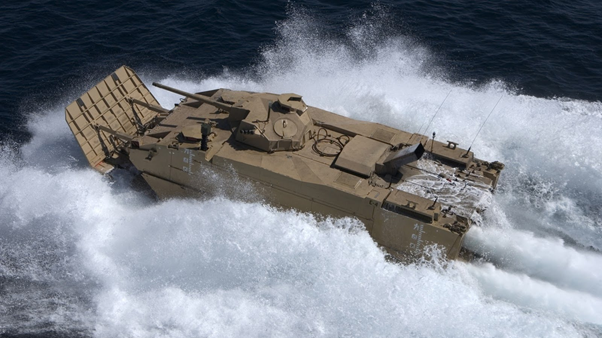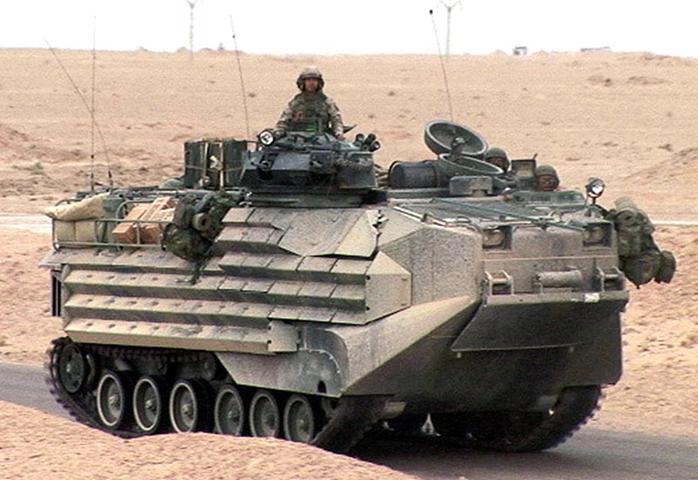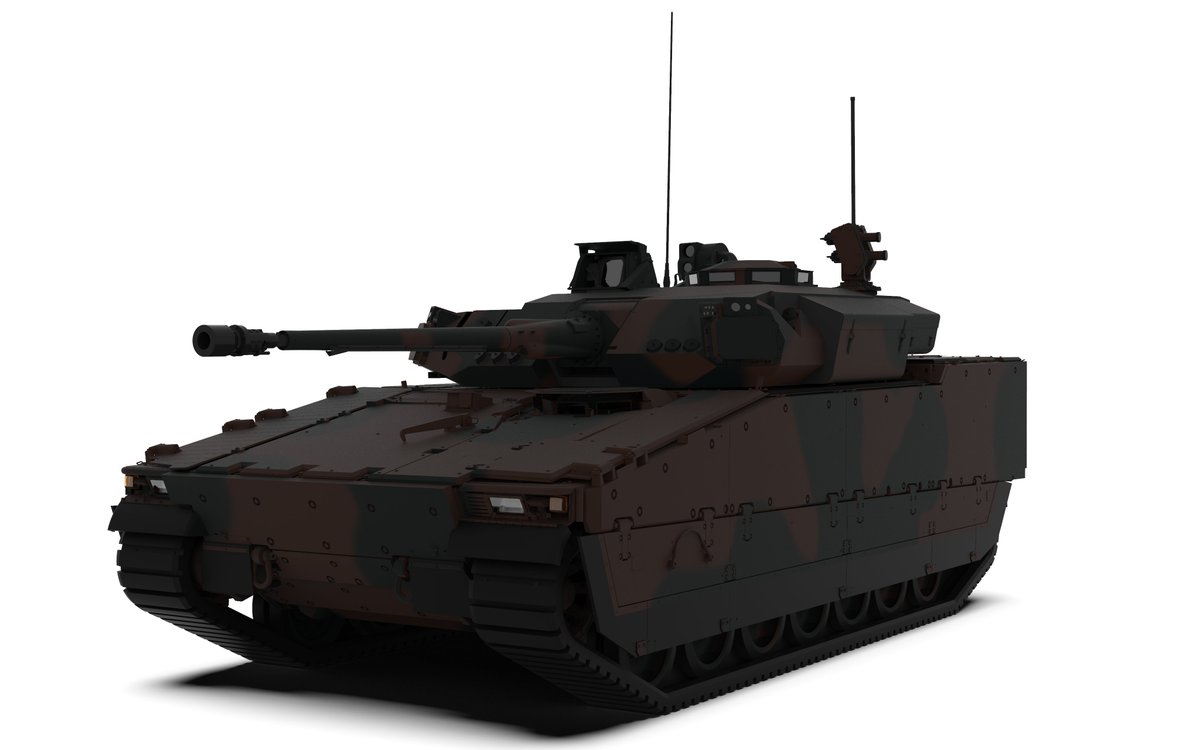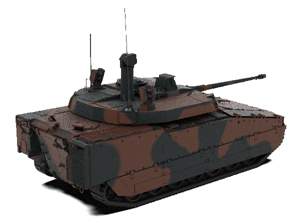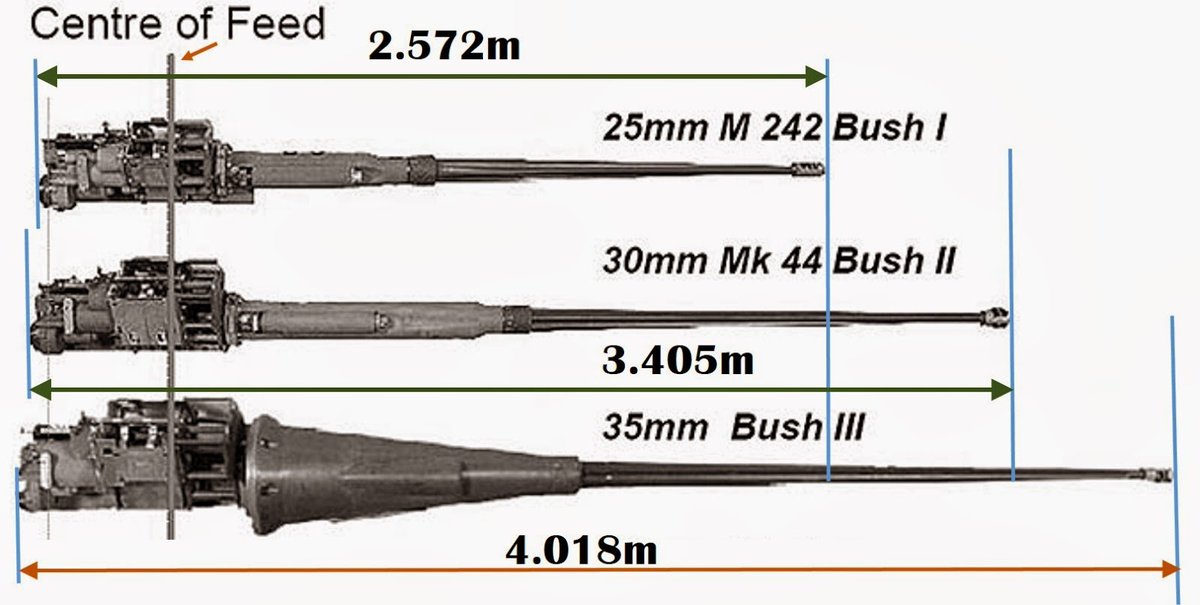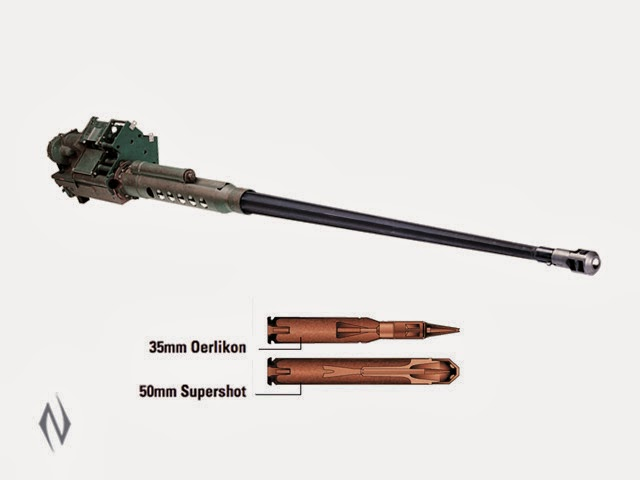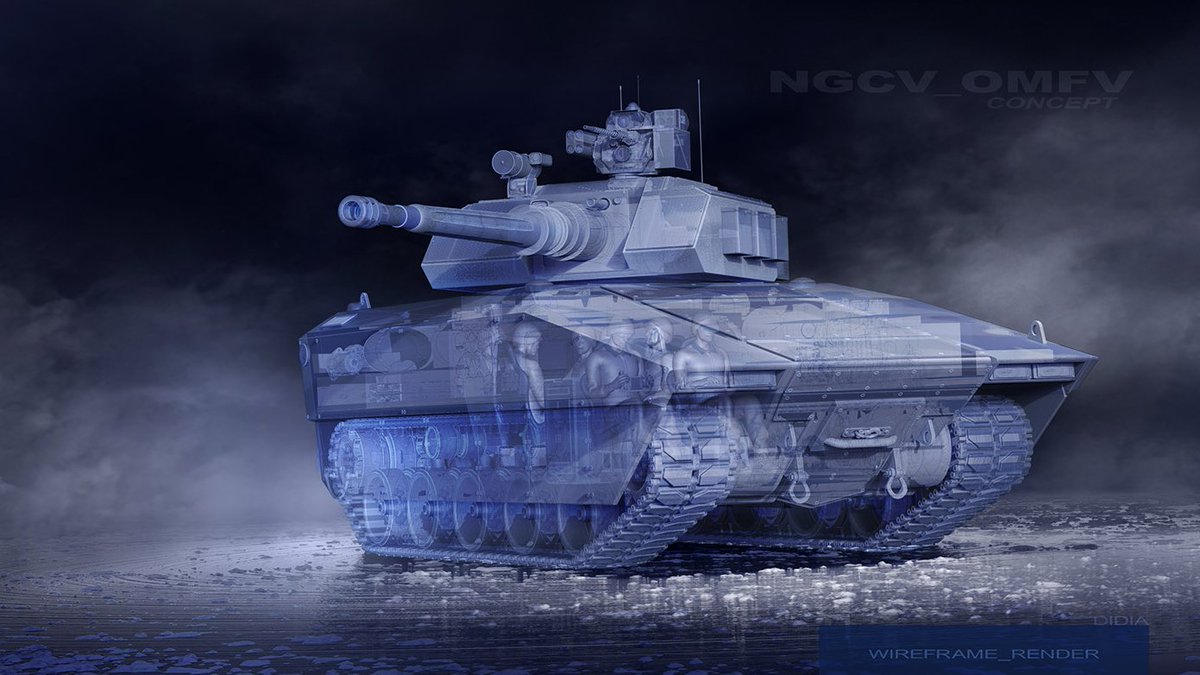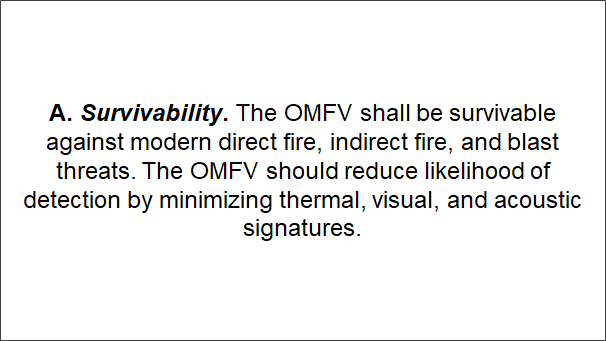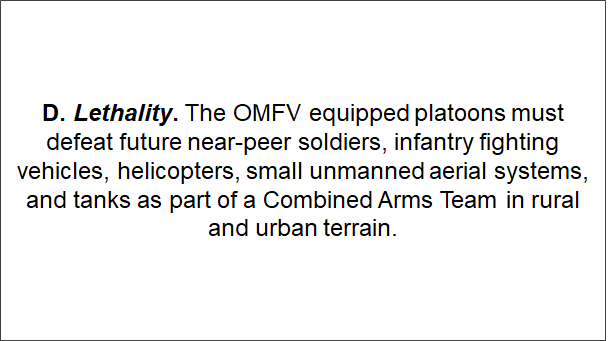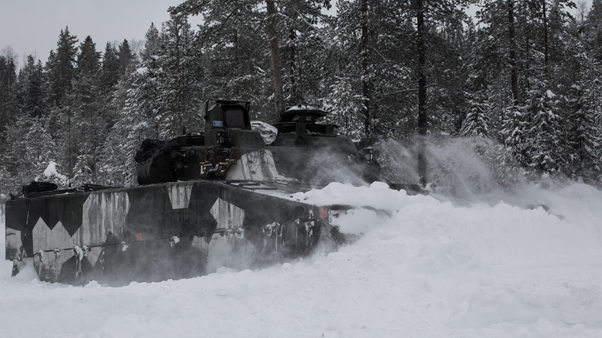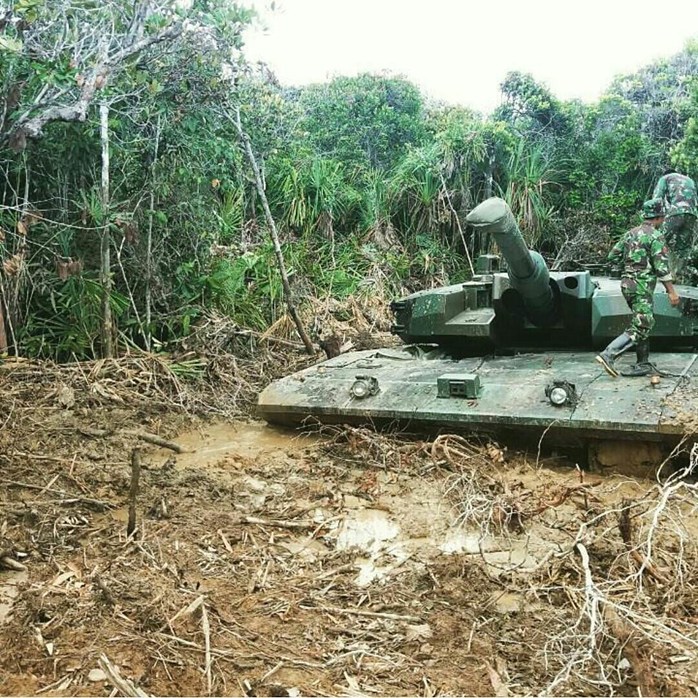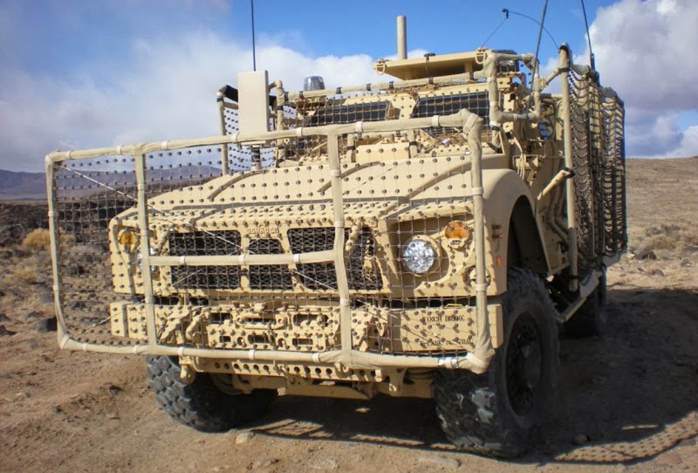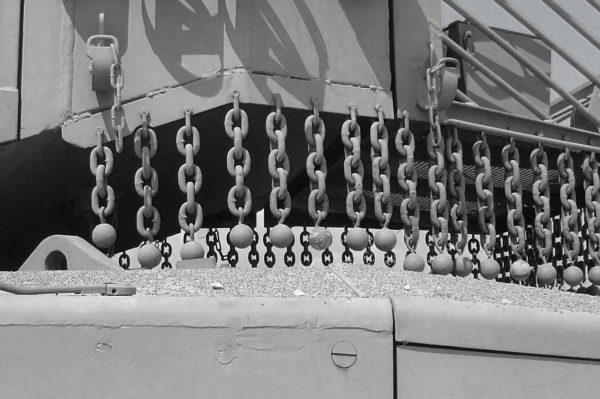
A few tweets recently had people raise usual objections around the point of #Boxer’s modular ‘pod’ design, with separate mission and drive modules, so I thought an educational journey on some of what this approach brings to the table that other vehicles don’t might be interesting 

(𝟭) 𝗨𝗽𝗴𝗿𝗮𝗱𝗲𝘀: Users should be continuously enhancing their kit through life to maintain capability. Some might be full platform upgrades (MLU type stuff) but most are smaller component level or variant specific. Maybe a new transmission, or a new set of IFV sights
So when that upgrade comes along, you normally end up expensively (rime + money) requalifying a staggering number of often notionally irrelevant components and systems because of their adjacency in the vehicle. 

With the Boxer approach, you can just swap your old drive modules for new upgraded ones, and no impact is had on the hideously complex and expensive to qualify IFV module, for example. 

Or you can do that sights upgrade but not have to requalify the whole driveline because of adjacency or dependency of neighbouring components. The impact on time, cost, and risk of incremental upgrade over time is significant
(𝟮) 𝗠𝗮𝗿𝗸𝗲𝘁 𝗮𝗰𝗰𝗲𝘀𝘀𝗶𝗯𝗶𝗹𝗶𝘁𝘆: following on from point (1), there are many, many specialist companies that can do wonderous things, but few are seasoned AFV manufacturers or integrators that can build, upgrade or integrate a vehicle from scratch 

Normal vehicles require that the contractor either build and integrate their offerings into an existing vehicle at great risk and cost, especially if theyre new to AFV, or partner with the OEM to help them, at time, risk, cost and beholden to the OEMs direction and schedule.
The modular approach instead provides for a standard mission module shell with a few mandated components that a contractor can then fit out with their idea without the time and huge expense to fully integrate and requalify a whole vehicle. 

It can provide low risk/cost of access to suppliers and capabilities that otherwise would be absent. There are some requirements around weights, balance etc, but they are clearly defined, and prequalified to a large extent. 

See FFGs ARV module for example. They make their own vehicles, but how many specialist versions have they designed for existing vehicles? Boxer offered the ability to make a module to a static, defined architecture, and bingo – a neat self-contained capability is on the market. 

Perhaps your company makes a cracking EW vehicle suite, but you cant afford to go down the road of making an EW vehicle. Well making an EW mission module is pretty straightforward and means you can access the sizeable Boxer user community easily. 

Likewise the user is now able to be pitched new and novel capabilities that are often not going to emerge for other platforms without much more direction and expenditure, if at all. Its the CV90/Leo2 et al user community concept but taken a step further throiugh standardisation 

From an accessibility angle it sets up a Boxer user with a compelling concept of potential spiral development over time at much lower cost and risk to a traditional AFV fleet, and already there are a range of interesting ideas being explored speculatively by suppliers
In short, the modular approach significantly lowers the barriers to entry for new suppliers including those in adjacent capability domains who might otherwise not be offer anything at all.
(𝟯) 𝗟𝗼𝗴𝗶𝘀𝘁𝗶𝗰𝘀: If you can split the two modules and ship them separately it is easier and more flexible for planning and logistics than handling whole ~38t AFVs. You can move drive modules around quicker, lighter, cheaper and more readily. 

Now you dont have to send your whole vehicle off for an upgrade, you just detach the mission module, off goes the old drive module and the same day a replacement upgraded drive module arrives for seamless upgrade at the end user, or vice versa for mission modules. 

The cost to move them is less. If a drive module, its lighter and uses less consumables or is a lighter load for trailer transport. If a mission module it can go on any compatible transport option and be moved cheaply and quickly vs adding pointless track miles to a whole vehicle 

(𝟰) 𝗗𝗲𝗽𝗹𝗼𝘆𝗺𝗲𝗻𝘁: Moving AFVs is a challenge, most significantly by air. Not many countries have heavy strategic airlift (C-17 etc), and so need to lease Antonovs, beg/borrow allied support, or wait in the long queue for NATO strategic airlift, if you have access. 

Whilst more users have access to medium aircraft like A-400M, most of those cannot take larger AFV on weight or size grounds. A400M for example is limited by its ramp weight, which cannot take a full GVW Boxer. 

However, if you take that rear module off, you drop weight to permissible loading limits and/or reduce the height to fit the hold. It is going to be 2 flights rather than 1, but 2 flights and being there is better than 0 flights and not which is often the alternative. 

(𝟱) 𝗙𝗹𝗲𝗲𝘁 𝗺𝗮𝗻𝗮𝗴𝗲𝗺𝗲𝗻𝘁: Vehicles are not used uniformly. Some units will batter vehicles to death through high usage or specific geographical considerations, others barely touch them. 

In all cases it is likely some variants will be used much, much harder than others – APC will be used constantly. Ambulance or C2? Probably not so much. 
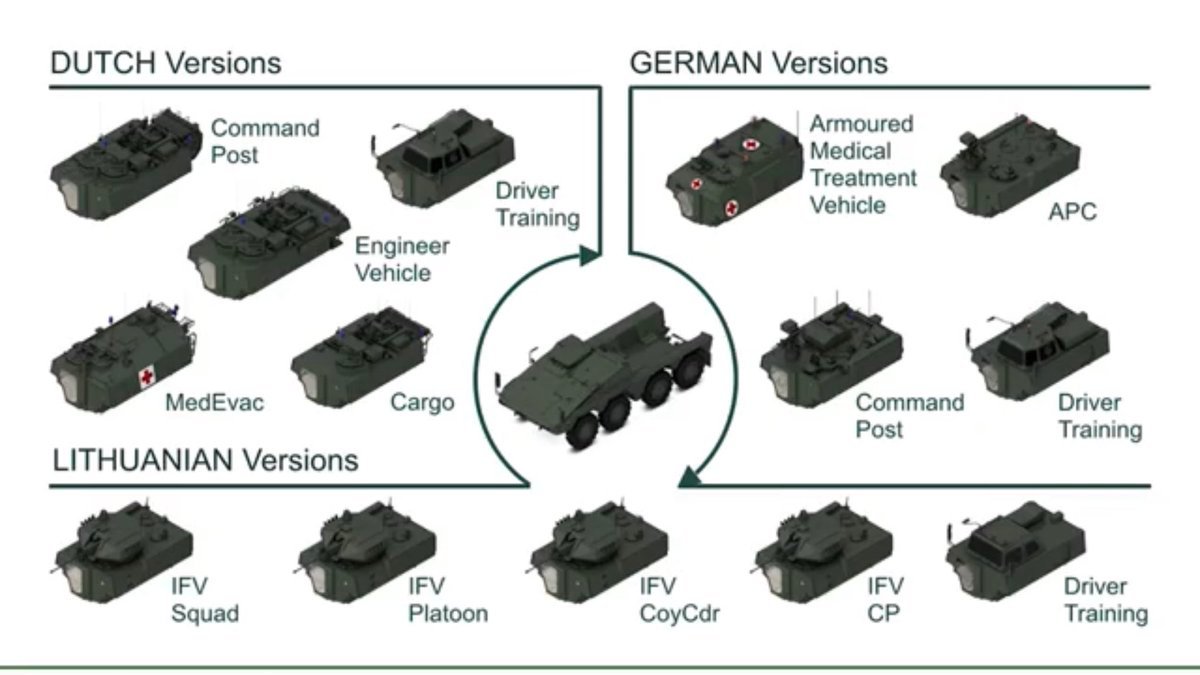
The result is inconsistent wear across the fleet. In normal vehicles this means complex planning for support and servicing as elements of the fleet require rebuild or reset in a few years, whilst others last decades. Boxer however allows the drive units to be cycled for even wear
You can be pragmatic about fleet composition too. You can readily model what % of a fleet is down at any time and obtain additional drive modules to cover that to ensure readiness, or reduce mission module buys in recognition that while the vehicle is down the module is pointless 

Or how about a real world example - why is the UK operating a bespoke and very small fleet of Fuchs CBRN vehicles when it could get a relevant specialist to develop a CBRN module for Boxer? Buy only a portion of drive modules as they rarely have more than a handful out at a time. 

If they need to surge to the full 9-vehicle capability, grab a few drive modules off another unit and off you go. Lower costs day to day, same capability long term. And easier to upgrade downstream as you just send mission modules to be enhanced.
This can go too far as a mantra. Fuchs/Boxer have obvious synergies in protection, mobility etc. Examples like counter battery radar make no real sense. Its a fragile system not intended to be in combat, put it on a truck and save more money in running a simpler, lighter vehicle. 

(𝟲) 𝗥𝗲𝗱𝘂𝗻𝗱𝗮𝗻𝗰𝘆: If an issue significantly damages a single element – mission module or drive module, a replacement can be swapped in and a return to service achieved much faster.
Its odd that no-one objects to powerpacks or other modular line replaceable unit approaches to automotive or mission system elements, and this is just that in a new guise. Why is it seemingly branded a gimmick for Boxer but not elsewhere? 

Further, it offers the ability to make a judgement call. Say your C2 vehicle took a hit and the wheels have come off. Normally thats it, no C2 now, that might stop the mission.
But here you can take a call to swap the C2 module onto one of your APCs, or another variant and perhaps you can now continue. Its situational, but it offers a flexibility that doesn’t exist elsewhere and may be the difference between success and failure of a mission. 

On a more day to day basis the same applies. You have a unit heading out for an exercise and a vehicle breaks down. Like a powerpack, just swap to a fresh module and crack on, the broken one goes back for repair while the exercise continues. 

It ensures a return to full capability in a time that a conventional vehicle cannot aspire to in the same manner and can be carried out organically at the unit level.
Organically meaning either with any crane within capacity, such as most ARV/AEV, or with the standalone jacks that can be carried on the vehicle. 







Next, some answers to common complaints or objections that continually arise when a boxer mission module picture rears its head:
“But parasitic weight” - The parasitic weight is very limited at c. 300-400 kg (<1% of GVW), and the design utilises the space already inherent in a blast protected design. Whilst every kg counts the tradeoff is more than made up for.
If you’re hinging your argument on <1% GVW being the killer then its probably a pretty good vehicle and a weak argument, or at best irrelevant to a comaparative assessment vs another solution.
“But loss of internal space” – Designing a modern underbody blast protected vehicle means compression gaps, multiple body layers etc. Any good vehicle in this space is already 90% of a Boxer. 

The difference is those gaps and layers have actually been used to offer a new capability – to separate the vehicle at that boundary by some low risk engineering solutions. There is little to no space differential versus a conventional platform.
“But that’s really expensive and not worth it” – there is some distant past R&D spend that can be tied to the modular element, but in terms of someone buying a mature off-the-shelf Boxer in 2021? No. 

Based on contracts to date, there is no great price differential between Boxer and other 8x8, in fact some Boxers have come out cheaper than competitor price points (UK being an example that was very well priced).
“They did it as a gimmick to show they could” – see anything above, there are tangible benefits to the approach. To suggest contractors/users spend billions creating something for the fun of it is a gross naivety of realities of defence budgets, and requirements writing. Just no. 

“But they wont use any of these features” – well no one can force someone to. If they don’t, they have a competitively priced, well protected and capable modern 8x8 AFV. If they do, huzzah for the, benefits abound. Is it a reason to downvote the vehicle though?
Given the super value in this concept is in logistics and big picture market accessibility/cost/risk of upgrade, its likely average Joe wont overtly see it happening. I think this accusation is often product of an outdated view of modern fleet management and market dynamics too
It also places the emphasis wrongly. If you have someone in charge of a Boxer fleet who isn’t doing smart management using these features to reduce cost and effort, they’re the issue not the vehicle.
Hopefully that didn’t come off too rabid for Boxer (@nicholadrummond ill expect cheque in the post?), its not a hard sell of the vehicle so much as an educational message on what modularity can mean, as on immediate impression it doesn’t seem obviously useful 

In particular I think you cant overstress the value of the accessibility for new capabilities, ease and low cost/risk of upgrade, and the whole fleet management angles. They’re not exciting fighty things, but they are where the real big ticket benefits are found
Is Boxer a wonder design for all people? No. It has compromises like all designs, and there are things I certainly dont like about it, and usage cases that it is entirely unsuited for. 

Its worth noting that the periodic hugely custom proposals like (essentially impossible) chopped down wheeled tanks or heavily modified SPH variants nullify everything above. If you buy a modular vehicle, you need to keep it so and dive into leveraging the benefits 

But where it meets requirements, it brings novel capabilities that nothing else does. The above hopefully offers some better conveyance of why that modular approach, if exploited properly, can be a huge benefit. /fin #miltwitter #tanktwitter #AFVaDay 

• • •
Missing some Tweet in this thread? You can try to
force a refresh

